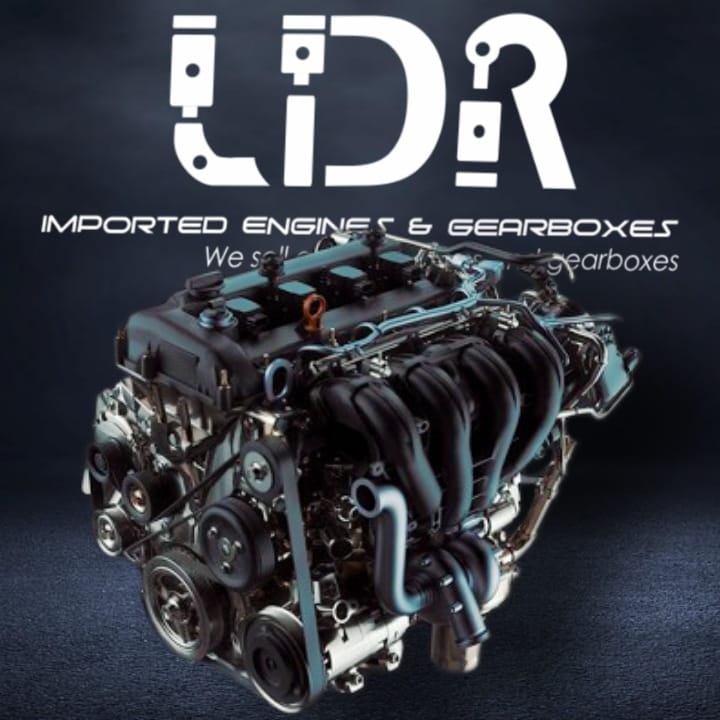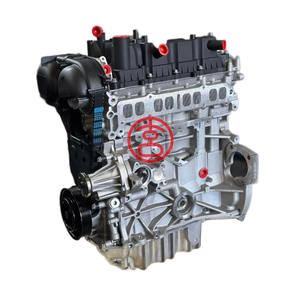Opening the Power of Engines: A Comprehensive Overview to Efficiency and Performance
Understanding the complex auto mechanics of engines is important for both efficiency fanatics and daily drivers. By checking out key metrics such as horsepower and torque, one can value how tuning strategies improve effectiveness while addressing ecological worries. Normal upkeep plays an essential duty in sustaining optimum efficiency over time. As the automotive landscape shifts towards electrification and progressed modern technologies, the inquiry develops: how can we efficiently adjust to these changes while taking full advantage of engine capabilities? The responses might redefine our technique to engine efficiency and efficiency in ways that are both enlightening and essential.
Recognizing Engine Basics
What constitutes the fundamental mechanics of an engine? At its core, an engine is an equipment made to convert fuel right into power with a series of regulated explosions or combustion procedures. The main elements consist of the cylinder, piston, crankshaft, camshaft, and valves. The cyndrical tube offers as the chamber where combustion happens, while the piston moves within the cylinder to transform the energy from combustion into direct motion (ford fiesta engine).
The crankshaft then transforms this straight movement into rotational energy, which inevitably powers the lorry. The camshaft regulates the opening and closing of the valves, controling the consumption of air and gas and the expulsion of exhaust gases. In addition, the engine counts on a thoroughly calibrated fuel-air mixture, ignition system, and cooling system to guarantee ideal performance and performance.
Recognizing engine essentials also includes acknowledging the relevance of engine cycles, such as the four-stroke cycle, which includes consumption, exhaust, compression, and power strokes. Each phase is critical in guaranteeing the engine functions efficiently and properly. Proficiency of these basic mechanics lays the groundwork for exploring much more intricate engine dynamics and efficiency metrics, important for enhancing both power output and efficiency.
Trick Efficiency Metrics
Key efficiency metrics are essential for assessing an engine's effectiveness and power outcome, offering beneficial insights for both manufacturers and customers. These metrics work as benchmarks for engine performance, permitting informed choices in style, manufacturing, and investing in.
Among the key metrics is horse power, which measures the engine's capability to perform job over time. Torque, measured in pound-feet, is one more important metric that indicates the engine's rotational pressure, directly impacting velocity and towing capability. Fuel effectiveness, commonly measured in miles per gallon (MPG) or liters per 100 kilometers (L/100km), analyzes exactly how properly the engine transforms fuel into activity, influencing environmental considerations and functional costs.
Additionally, thermal performance actions how well an engine converts gas energy right into useful work, exposing insights into energy losses largely through heat. Discharge levels, consisting of CO2 and NOx, are also important, reflecting the engine's ecological effect and compliance with regulative standards.

Tuning Methods for Effectiveness
Tuning strategies play a substantial role in improving engine effectiveness by maximizing performance metrics determined in earlier conversations (ford fiesta engine). Different techniques exist to tweak an Web Site engine, each adding to enhanced gas economic climate and minimized emissions
One efficient method is adjusting the air-fuel ratio, ensuring the engine runs within the optimum combustion routine. A leaner combination can enhance gas performance, however it has to be balanced to avoid misfires or engine knock. In addition, reprogramming the engine management system can recalibrate criteria such check out this site as ignition timing, which even more enhances effectiveness while preserving power output.
An additional important strategy involves changing the consumption and exhaust systems. Updating to high-performance air filters and exhaust headers can lower back pressure, promoting much better air movement. This allows the engine to breathe more openly, bring about enhanced combustion performance.
In addition, the application of sophisticated tuning devices, like dyno screening, supplies specific data that makes it possible for targeted changes. Regularly checking these performance metrics makes certain that tuning initiatives produce the wanted effectiveness results. Jointly, these methods not just boost engine performance yet also add to long-term sustainability in engine procedures.
Upkeep for Ideal Efficiency
Regular engine upkeep is vital for attaining optimum efficiency and durability. A well-kept engine not only operates effectively but additionally minimizes the danger of costly fixings and breakdowns. Trick elements requiring routine attention consist of oil, filters, belts, and ignition system.
Changing the engine oil at advised intervals is critical, as oil lubricates relocating components and protects against getting too hot. Replacing oil and air filters makes certain that impurities do not harm engine feature. Overlooking these elements can result in minimized effectiveness and possible engine damage.
Furthermore, examining and replacing worn belts and hoses is vital to stop unexpected failings. Timing belts, in particular, need to be changed according to the supplier's routine to prevent tragic engine damages.
Flicker connects must also be examined and replaced as essential, because they play a investigate this site crucial role in ignition and gas effectiveness.
Future Patterns in Engine Modern Technology
Welcoming advancements in modern technology, the future of engine style is poised to revolutionize efficiency and efficiency throughout various applications. Among the most substantial trends is the shift towards electrification. Hybrid and totally electrical powertrains are becoming significantly traditional, using reduced exhausts and improved fuel performance. This change is not simply a requirement however a pattern driven by regulative stress and consumer need for sustainable solutions.
Moreover, innovations in materials scientific research are resulting in lighter, more powerful parts that improve engine performance while decreasing energy usage. Advanced manufacturing techniques, such as 3D printing, permit the creation of intricate geometries that boost airflow and thermal administration, therefore optimizing combustion processes.
Additionally, the assimilation of artificial intelligence and artificial intelligence is set to change engine diagnostics and performance adjusting. These technologies can evaluate substantial amounts of information in real time, enabling predictive upkeep and tailored performance enhancements.
Final Thought
In final thought, opening the power of engines requires a comprehensive understanding of their technicians and efficiency metrics. Carrying out effective adjusting techniques and sticking to routine upkeep methods dramatically improve engine capacities. As the automobile landscape advances, embracing future fads in modern technology, consisting of electrification and advanced production, will be vital for maximizing performance and efficiency. This extensive strategy not just benefits lovers however likewise adds to lasting services in the world of vehicle engineering.
Additionally, the engine counts on a thoroughly adjusted fuel-air blend, ignition system, and cooling system to make sure optimum performance and effectiveness.
Recognizing engine essentials additionally includes recognizing the relevance of engine cycles, such as the four-stroke cycle, which includes consumption, compression, exhaust, and power strokes. Proficiency of these fundamental mechanics lays the foundation for checking out more complicated engine dynamics and performance metrics, essential for enhancing both power outcome and effectiveness.

Welcoming innovations in innovation, the future of engine design is poised to reinvent efficiency and performance across various applications.
Comments on “How to Diagnose Ford Fiesta Engine Issues and Prevent Future Problems”